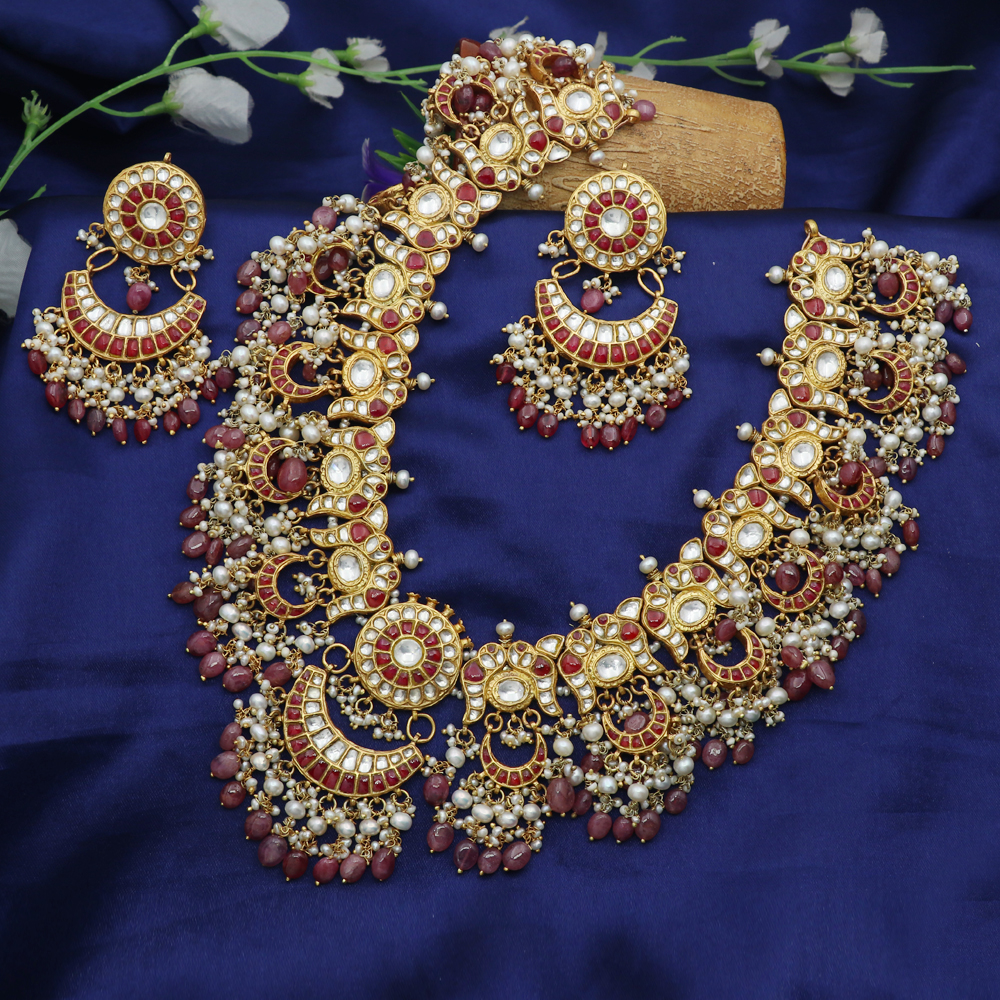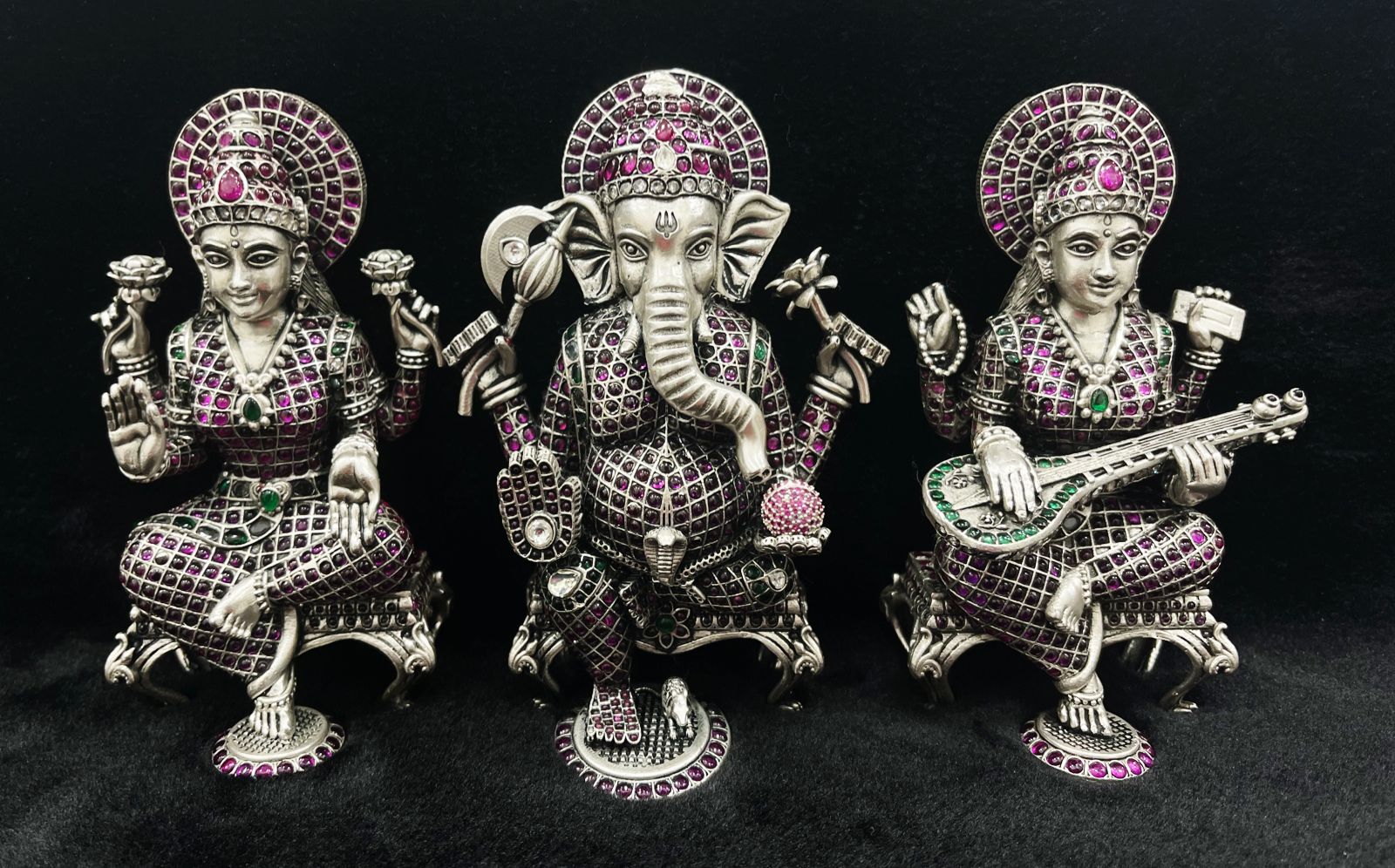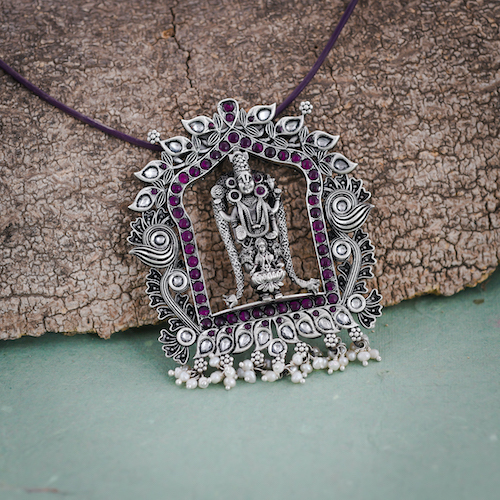BUY SILVER PENDANTS ONLINE
/ 30, Aug, 2021
BUY SILVER PENDANTS ONLINE
BUY SILVER PENDANTS ONLINE
Silver pendant, in jewellery, ornament suspended from a bracelet, earring, or, especially, a necklace. Silver pendants are derived from the primitive practice of wearing amulets or talismans around the neck. The practice dates from the Stone Age, when pendants consisted of such objects as teeth, stones, and shells.
The pharaohs of ancient Egypt wore pendants that were sometimes of huge dimensions, usually bearing commemorative or auspicious scenes in which the sovereign is being deified. Other pendants were in the shape of flies, winged scarabs, vultures, the eye of the god Horus, falcons, and sacred serpents. An exquisite example of an early gold pendant is that of two hornets clasped together, found in Mycenae and dating from the 17th century BCE. Etruscan pendants were decorated with spindles and cylinders, figured, or in the shape of human heads. Greek and Hellenistic pendants usually formed the entire necklace. Pendants in the shape of a bulla are frequent in Roman necklaces, but there are also examples of cameos, intaglios, and gold coins mounted as pendants.
During the Middle Ages, characteristic jewels were the reliquary, or devotional, pendant and the cross, chased or enamelled with religious subjects and often set in an architectural frame. One of the most famous early pendant reliquaries, which belonged to Charlemagne, contained relics of the True Cross and the crown of thorns under a sapphire set with gold and silver. In the 14th century it was customary for noblemen to wear necklaces with pendants bearing heraldic subjects; pendants worn by women generally depicted sentimental subjects.
Toward the beginning of the 16th century, silver pendants became decorative rather than religious objects. The Renaissance artists created numerous beautiful crosses and figured pendants modelled in high relief and depicting numerous subjects, such as mermaids, tritons, animals and ships, and mythological and religious scenes. Often, the irregular shapes of baroque pearls were exploited and adapted for the bodies of human beings or animals, whose faces and limbs were modelled in gold and enamelled.In the Baroque period there was a return in pendants to engraved figures and intaglio and cameo cutting, framed in geometric decorative designs containing gems and, later, in ribbons and floral designs done mainly in diamonds, rubies, emeralds, and pearls. Such pendants continued to be popular until the end of the 18th century.
The Empire style attached no great importance to silver pendants, and most of the rare examples consist of cameo medallions. In the 19th century the Art Nouveau school created pendants with a lovely aesthetic line in which the most common motifs were women’s figures and profiles, butterflies, peacocks, insects, and flowers.
FACT
Most silver pendants are purely decorative. But a pendant may also hold a picture or a lock of hair of a lover or a child. And, perhaps because they hang protectively in front of the body and near the heart, pendants have often had symbolic and magical purposes. Thus, a pendant may be a charm or amulet, or its gems or metals may be felt to have health-giving properties. In architecture, a pendant is an ornament that hangs down from a structure, but unlike a necklace pendant its usually solid and inflexible.






